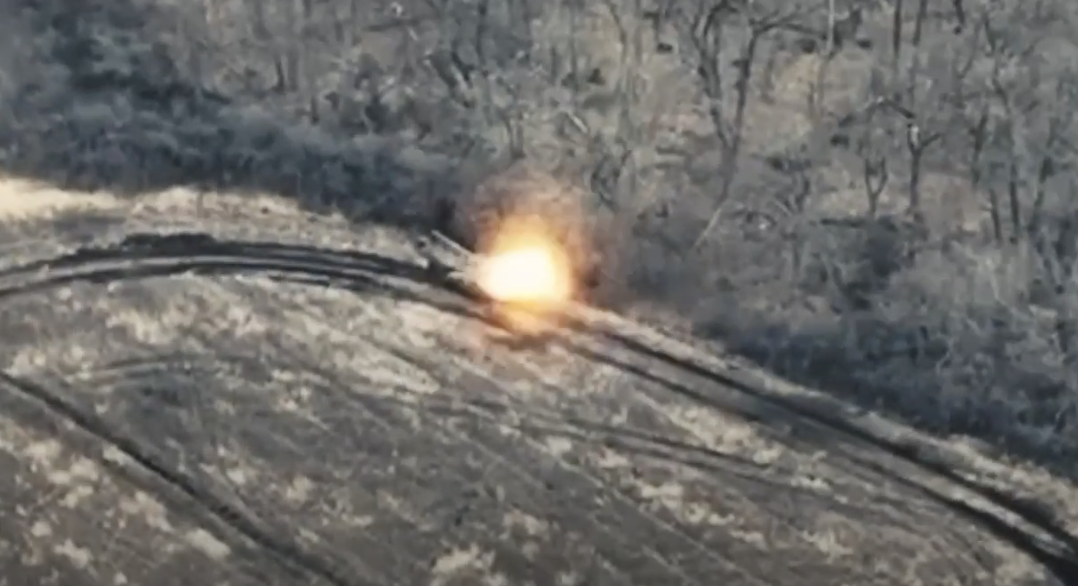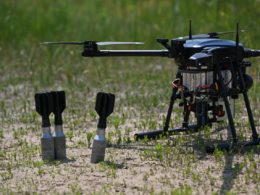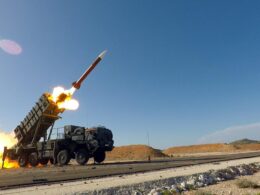The Ukrainian Defense Forces have added to their arsenal FPV drones that utilize an advanced autonomous guidance system for the final stage of target engagement.
Volunteer Serhii Sternenko, actively involved in fundraising for the production of FPV drones for the Ukrainian forces, shared a video that highlights the capabilities of this equipment, as demonstrated by soldiers from the 60th and 63rd Mechanized Brigades.
The footage reveals the drone’s guidance system engaging a target with precision. Following the target lock, the drone’s communication is disrupted by Russian electronic warfare measures. Despite this interference, the drone autonomously continues its mission, attacking the designated target and achieving a successful hit.







